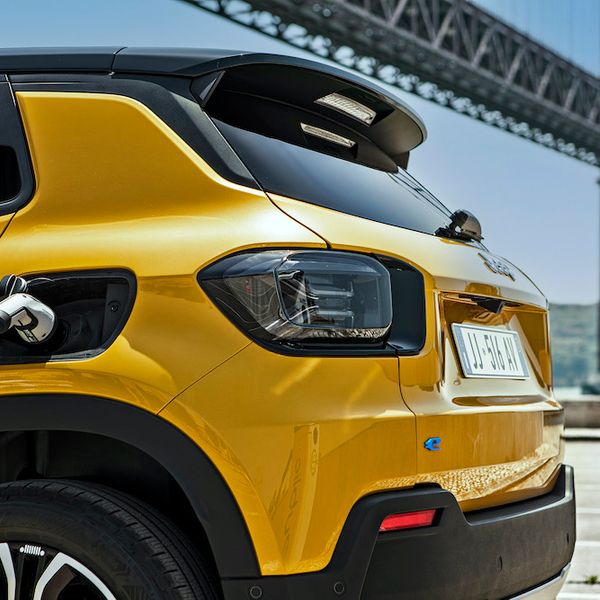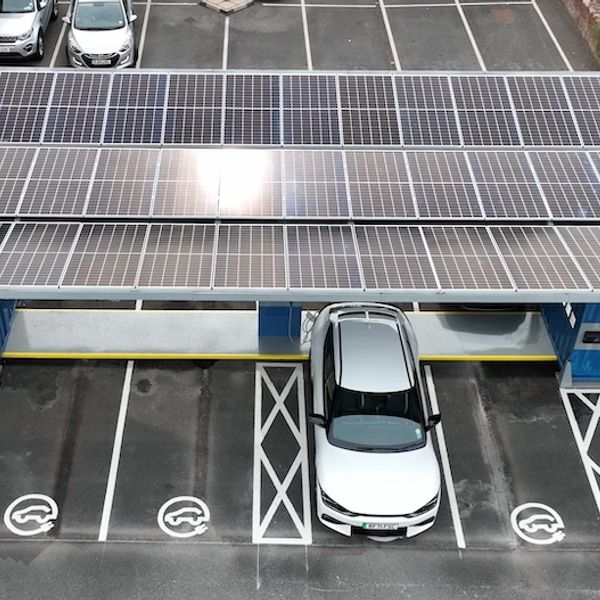The world of electric car batteries is a mysterious one. The further you dig into the technicalities of how they work, the more complicated it gets. While the cocktail of elements that make up a modern lithium-ion electric car battery is largely the same for every pack, engineers are constantly tweaking the formula to create the perfect battery that can store huge amounts of energy and be recharged in lightning quick time.
In an anonymous-looking building on a featureless industrial estate a few miles outside Ingolstadt in Germany, Audi operates what amounts to a boot camp for electric car batteries. The top secret facility in Gaimersheim has one mission – to put battery cells and packs through an accelerated life-cycle in an effort to discover the perfect chemistry.
Audi designs a new battery cell for every electric car it makes, and puts every one through the same test process. Audi battery cell expert Dr Bernhard Rieger tells us that the ones undergoing tests now are being prepared for a car destined for production in four years. Starting this early in the production cycle means that any potential areas of concern can be addressed long before the cells are in full production.
The first series of tests any Audi battery cell undergoes are temperature trials. Cells are charged and discharged constantly at fixed temperatures in special sealed chambers. 24 hours a day, seven days a week. During our visit, the test chambers were running at 25, 45 and 60 degrees celsius, with sensors churning out vast strings of data on the condition and performance of the cells. As part of the full analysis programme, Audi performs a range of tests from -30 to +60 celsius. Only when the data looks right does Audi move onto the next stage.
Next, Dr. Rieger takes us to an even bigger set of air-tight chambers where engineers put full battery packs through the same rigorous tests. The full packs are tested as they would be in a car, with a full water heating and cooling system operating to keep the cells at optimum temperature. In the cold chambers (as low as -30 degrees) , the pumps send heated water underneath the battery modules to keep them warm, while in the 60 degree hot chambers (designed to replicate the kind of temperatures experiences in places like Arizona), the pumps channel cold water under the modules.
![]() Full battery packs are subjected to rigorous endurance tests that last up to a year
Full battery packs are subjected to rigorous endurance tests that last up to a year The tests allow Dr Reiger and his team to accelerate the ageing process of a an electric car battery. Packs are tested at a vast range of temperatures in sealed conditions for a year, enduring countless rapid DC charges and full discharges. By running the tests continuously for a year, Audi can accurately replicate 15 years of usage - usually with a much more demanding workload than most cars will ever have to endure. Dr Reiger claims that once a pack completes its test cycle, it will have covered the equivalent of 300,000 kms.
And it’s not just the cell chemistry that gets tested at Gaimersheim. Full battery packs are crash tested, placed on vibration plates for days on end and overcharged to check for any potential safety problems. Dr Reiger explains that while the Audi customer warranty covers the battery for eight years and 100,000 miles, his team are only happy when a pack comfortably passes the 15 year, 300,000km (186,000 mile) mark.
Dr Reiger’s team are also responsible for building the battery packs fitted to Audi’s prototype cars. These hand-built vehicles – assembled at the brand’s nearby Ingolstadt factory – are then disguised and dispatched to locations around the world for real-world hot and cold weather endurance testing. With hundreds of prototype and pre-production cars built for each new model, Dr Reiger’s team are one of the busiest at Audi.
![]() Individual chambers operate at fixed temperatures to monitor the performance of battery cells under constant charge cycles
Individual chambers operate at fixed temperatures to monitor the performance of battery cells under constant charge cycles Creating the perfect battery
Designing a battery that can store a large amount of energy is relatively easy. Designing one that can be recharged quickly is also fairly straightforward. So where’s the problem? It’s this: a cell with very high density takes a long time to charge while a fast charging cell can’t store a large amount of energy.
Given that the perfect electric car battery needs to be high density AND be able to charge at high speeds, cell design is all about striking the perfect balance between the two. Factor in the added requirement for battery cells to last as long as the car and you can understand why brands like Audi like to keep their battery recipes under wraps.
Then there’s the matter of future-proofing the design. Audi takes four years to design and perfect its battery cell design and chemistry. Which, in the world of electric cars, is a very long time. Four years ago, the fastest rapid charger you could find in the UK would have been a 150kW Tesla unit. Outside the Tesla network, 50kW was the maximum you’d find. Today, 350kW chargers are becoming increasingly commonplace while range expectations are almost double what they were. To ensure that the next generation of electric Audis meet the needs of electric car buyers in 2026 and beyond, the brand is testing charging speeds beyond those currently available.
Audi also says that in order to go to the next level of charging speeds, advanced 800 volt systems will be part of the brand’s future offering. A new large car platform known as PPE has already been developed and will underpin Audi’s next generation of all-electric models. The chemistry locked away within the cells we saw undergoing tests in Gaimersheim will almost certainly be used in this next generation of all-electric Audis.
![]() The next generation of Audi models based on a new PPE platform will feature battery cell chemistry perfected in Audi's Gaimersheim lab
The next generation of Audi models based on a new PPE platform will feature battery cell chemistry perfected in Audi's Gaimersheim lab  Full battery packs are subjected to rigorous endurance tests that last up to a year
Full battery packs are subjected to rigorous endurance tests that last up to a year 














